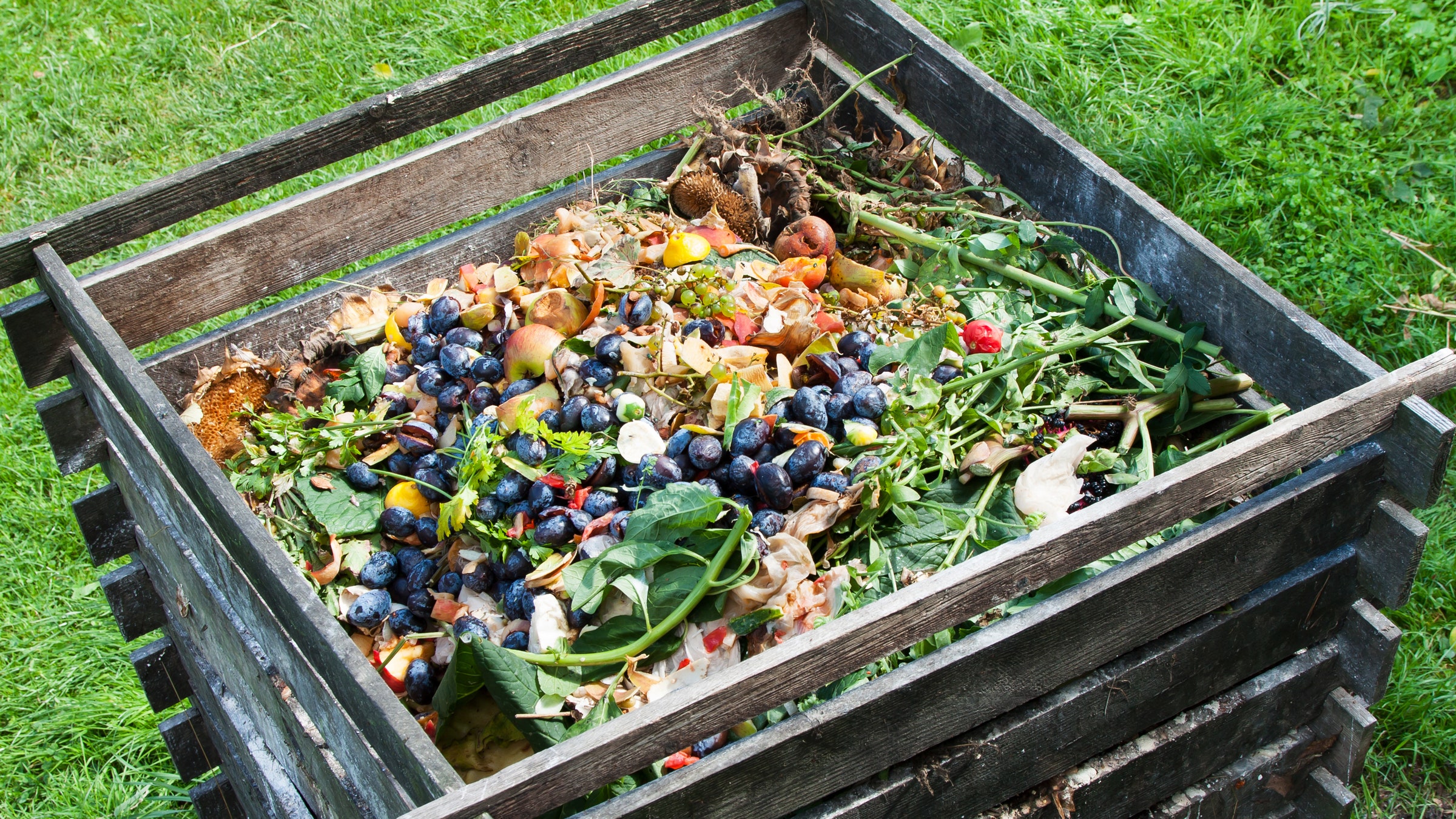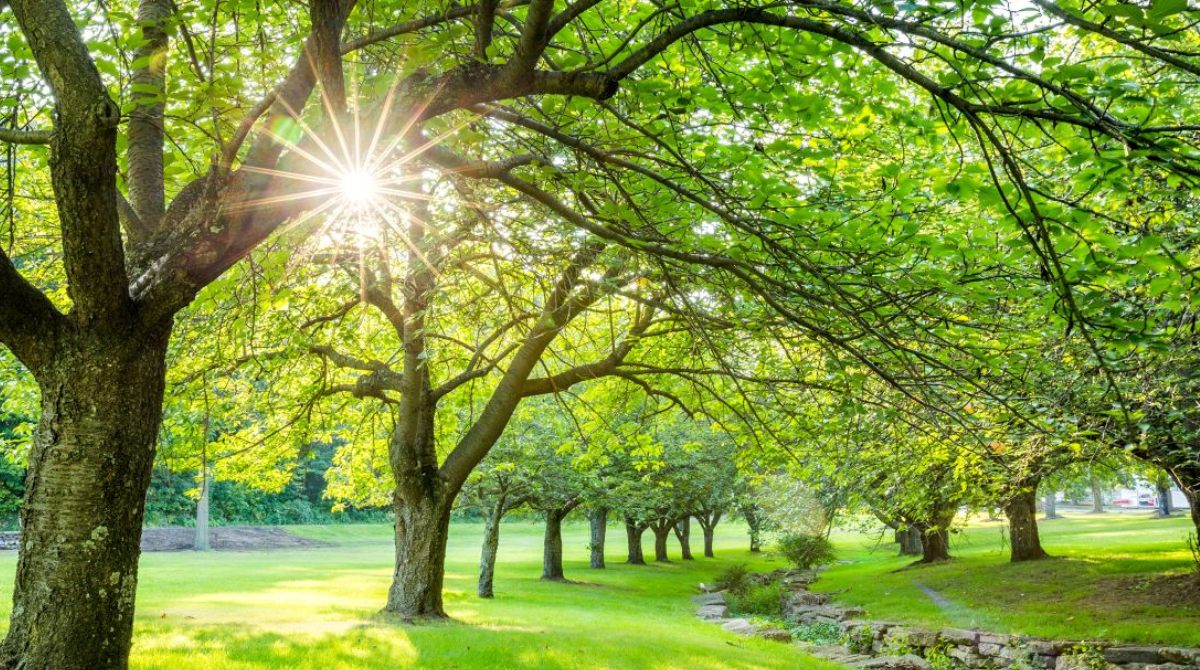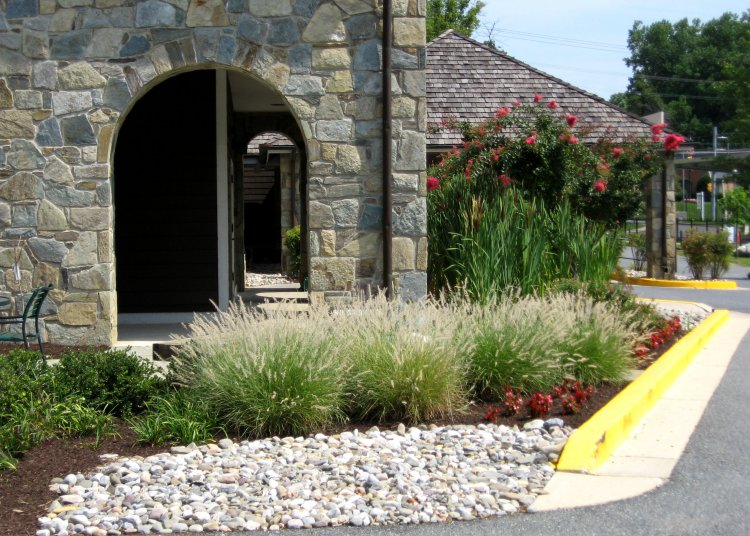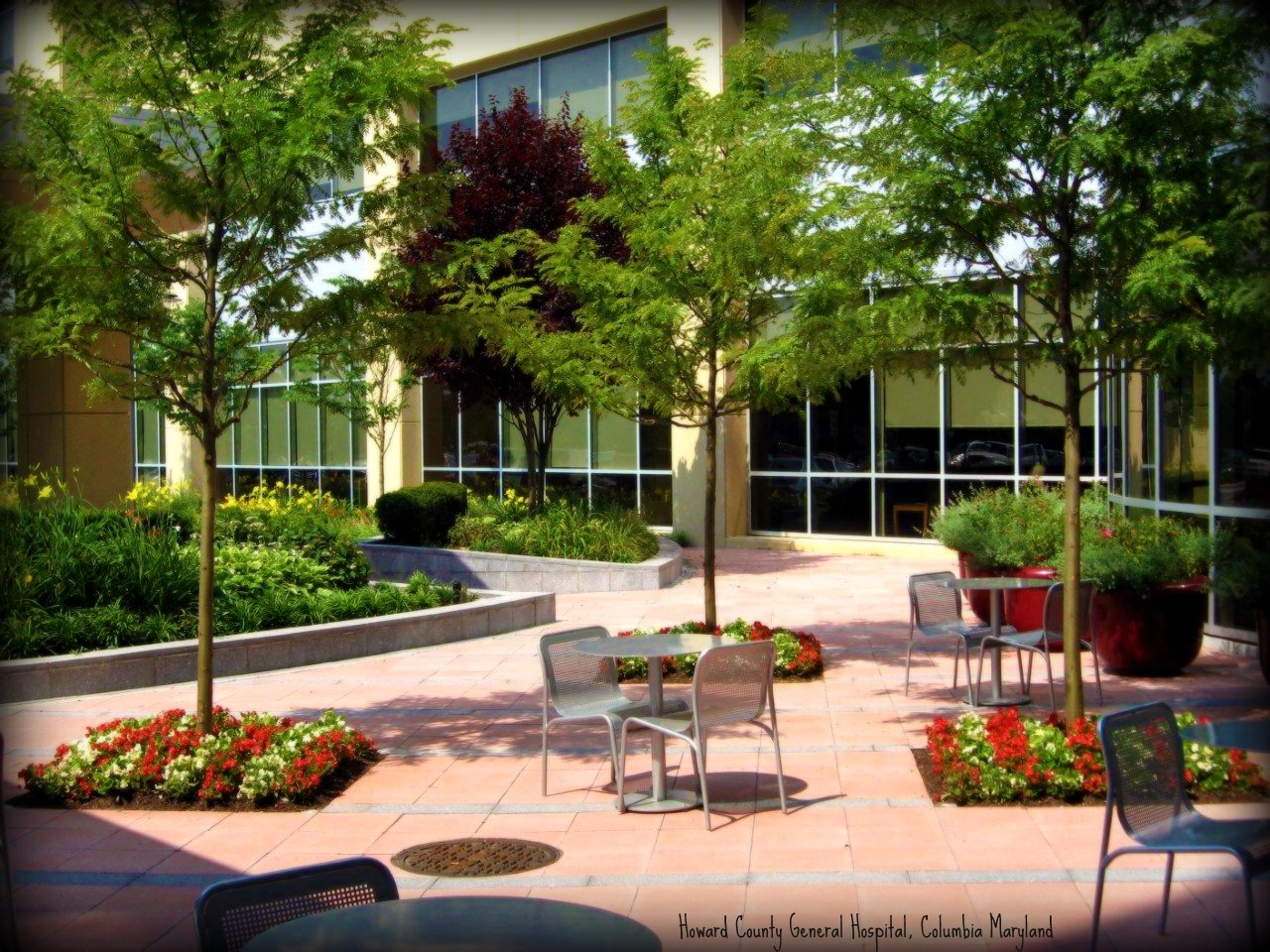4 Steps to Composting a Pumpkin Properly
The season of fall is a wonderful time of change. Shorter days and cooler nights. Soups and casseroles, ciders and cocoas. Fire pits, football and Halloween! Even if you choose not to celebrate or remember this 31st day in October, chances are you will enjoy pumpkins in some form or fashion during the beautiful season we call Fall.
Picking the perfect pumpkin is a task that most of us enjoy. Whether going to a farm, grocery store or farmers market, the wide variety of these large squash are readily available making it easy to find our creative catch. The fact that there are so many to choose from makes the task even more pleasurable. I bet you didn’t know that farmers grow two billion pounds of pumpkin per year. Even though pumpkins contain many good nutrients including fiber and anti-oxidants, most will not be eaten. Most Pumpkins will either be used as fall décor or carved! These activities are an excellent way to use the orange squash creatively and add much fun to the fall season.
Once we are finished enjoying them, let’s be wise to dispose of our pumpkins properly. If we aren’t careful, a lot of pumpkins will rot! Plus, they will emit methane, which is classified as one of our greenhouse gasses and is devastating to the climate because of how effectively it absorbs heat. Methane (CH4) is a colorless, odorless, and highly flammable gas composed of one carbon atom and four hydrogen atoms. When burned in the presence of oxygen, it produces carbon dioxide and water vapor. We can dispose of our pumpkins in a way that will benefit the environment and potentially benefit our planet instead of contributing to its demise.
If you are not going to use your carved or display pumpkin for a tasty recipe, then consider taking these simple steps to compost her properly.
4 Steps to Composting a Pumpkin Properly:
- Remove all non-natural items. Take out all props and decorations and the candle or light source. Don’t forget to wash off any paint or glitter or glue.
- If your pumpkin is still whole, this is the time to cut into it and remove the seeds. The seeds will likely sprout in your compost. If you’re okay with sprouts, then you can leave them in. Pumpkin seeds are known for easy growth, so don’t be surprised by the generous number of sprouts within your pile. You can feed the seeds to wildlife or roast them for yourself!
- Break up the pumpkin into smaller pieces. Here’s your chance to let off some steam! Pumpkin smashing is an especially thrilling experience for young and old.
- Dig a hole in your compost and throw in your pumpkin. Using a shovel, cover the pumpkin pieces with the existing compost, while continuing to break it up and mix into the pile. Whether you have a compost bin or pile, the idea here is to bury the pumpkin for efficient composting. You could also simply dig a hole in your garden area and bury it there. It will naturally decompose and provide rich soil for spring.
If you’re not a composter, or you don’t live in a home where composting is available or allowed, consider donating it to a garden club, or friend who can compost for you. If you have a yard, you could set it out for wildlife to eat, or find a nearby farmer who’s livestock would enjoy your pumpkin.
Whether your fall season includes carving or decorating or none of the above, I hope you’ve learned a bit more here about pumpkins and the environment.







